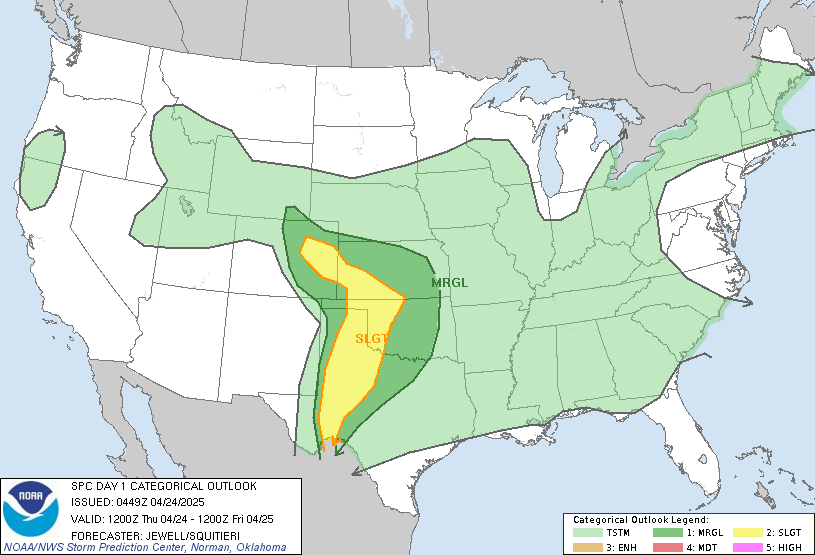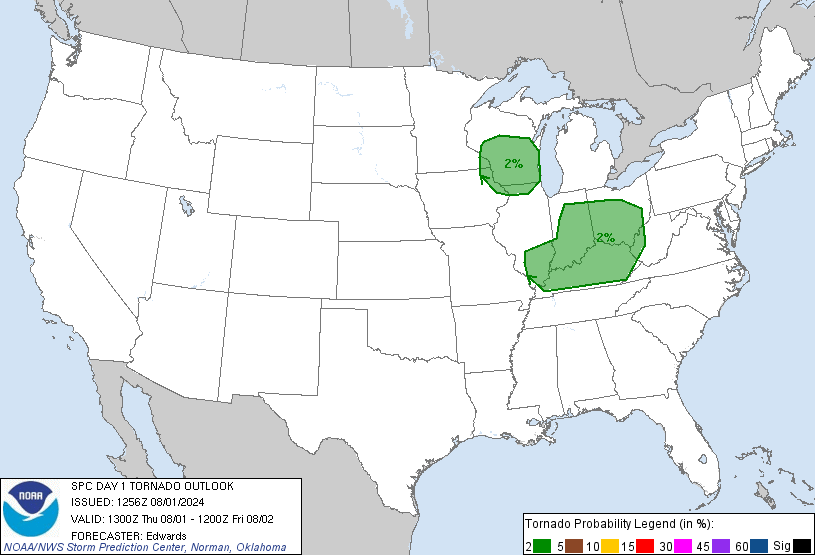Experts warn about public yawning during storm season or on days when particularly potent storms are possible.
In a surprising twist that could help to increase the accuracy of severe weather forecasting, a newly published study in the Meteorological Journal of Meteorology Advances reveals that yawning — yeah, yawning! — may be a subtle driver of atmospheric instability, particularly in the spring months.
Researchers from the Midwestern Institute of Meteorology (MIM) found a statistically significant correlation between public yawning frequency and increased Convective Available Potential Energy (CAPE) levels. In simpler terms: the more people yawn, the more unstable the atmosphere becomes.
Part of this may also the time change causing folks to be more tired around the Spring Equinox.
“We believe this is due to a micro-pressure displacement caused by extra inhalations and exhalations,” said Dr. Brooke Remisykle, lead author of the study. “When a group of people yawns within a small area, it appears to slightly disrupt the lower troposphere, especially in humid environments.”
“Think of it as a version of the ‘butterfly flaps its wings’ approach.”
The study, conducted over three years and spanning eight Midwestern states, involved controlled yawning experiments in multiple different Walmart parking lots, libraries, and early morning city council meetings.
Using a double-blind yawn induction protocol, trained “Yawning Facilitators” initiated yawn chains across a variety of low-stimulation environments. Locations were carefully selected based on socio-meteorological indexes, which rated each site by its likelihood to induce both boredom and light mist.
To capture data, the team deployed a facial recognition app powered by a custom-built AI model trained on over 100,000 images of “open-mouthed” yawning by Midwesterners. The AI was designed to detect yawns with 98.7% accuracy and also assess “yawn sincerity” based on jaw tension and eye glaze.
In addition, researchers developed an AI algorithm they dubbed, “DeepYawn,” which cross-referenced yawn frequency, barometric pressure trends,
“The most dangerous conditions seem to occur when yawns are contagious and compound rapidly in a group setting,” explained Dr. Dede Sleplongime, a meteorologist who specializes in storm triggers with the College of Iowa Northwest (CIN). “This creates what we’re calling a Yawn-Induced Mesoscale Instability Zone, or YIMIZ.”
One standout event occurred during a city council meeting in Topeka, where the AI flagged a “Yawn Spike Event” — 86 yawns in 42 minutes — followed by a sudden 0.63” downpour less than 30 hours later.
DeepYawn predicted this rainfall with 91% confidence
“This is the first time artificial intelligence has successfully correlated involuntary human fatigue with cumulus cloud formation,” Sleplongime said. “It’s both groundbreaking and slightly concerning.”
Not everyone is convinced. This is natural with a new study.
In fact, plenty of folks question the validity. But also can’t argue with the results. Ivan Gnap, a meteorologist in Oklahoma, says the math works out but cautions against overreaction.
“We’ve known for years that boredom correlates with low pressure,” he said. “But to attribute atmospheric chaos to a sleepy staff meeting feels premature.”
He was rather sarcastic in our chat.
Despite the skepticism, local TV meteorologists in the Midwest for one larger news network quietly began testing “Yawn Index” forecasting models to help anticipate surprise pop-up storms, particularly around post-lunch hours and Monday mornings.
All said, the researchers here do seem to have a good sense of humor about this. Remisykle joked that residents in tornado-prone regions to avoid watching slow documentaries or attending long meetings during peak severe weather days.
But I think the quote to beat them all comes from Gnap: “What next? ‘If you feel a yawn coming on… maybe sip some coffee instead. You might just save your roof.’ Give me a break.”
You can read the study here: Yawning Found to Increase Atmospheric Instability
They have the full study as well as a “what you need to know graphic at the top.


That’s great. Too bad I saw it one day too late… Might have made for better weather today! 🙂